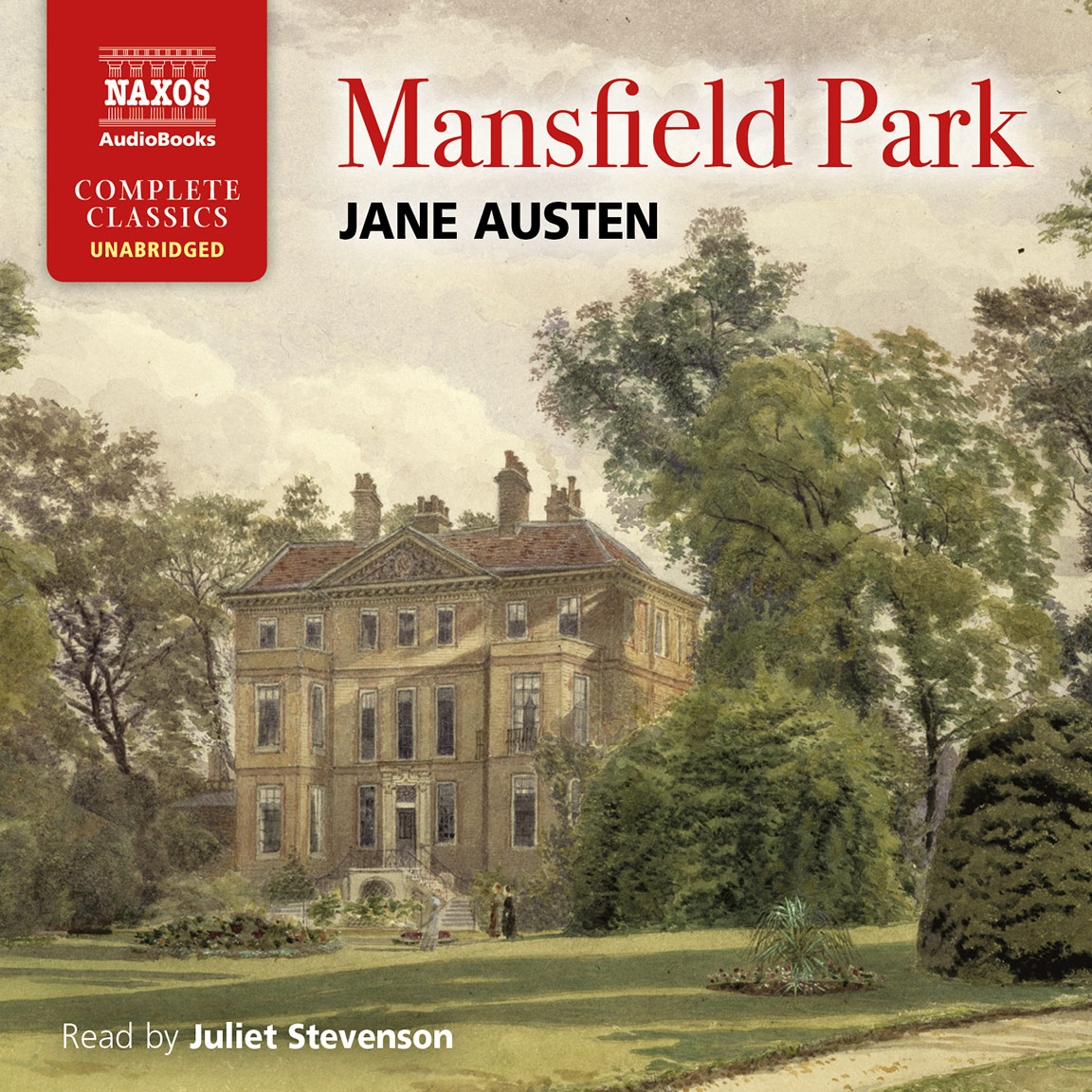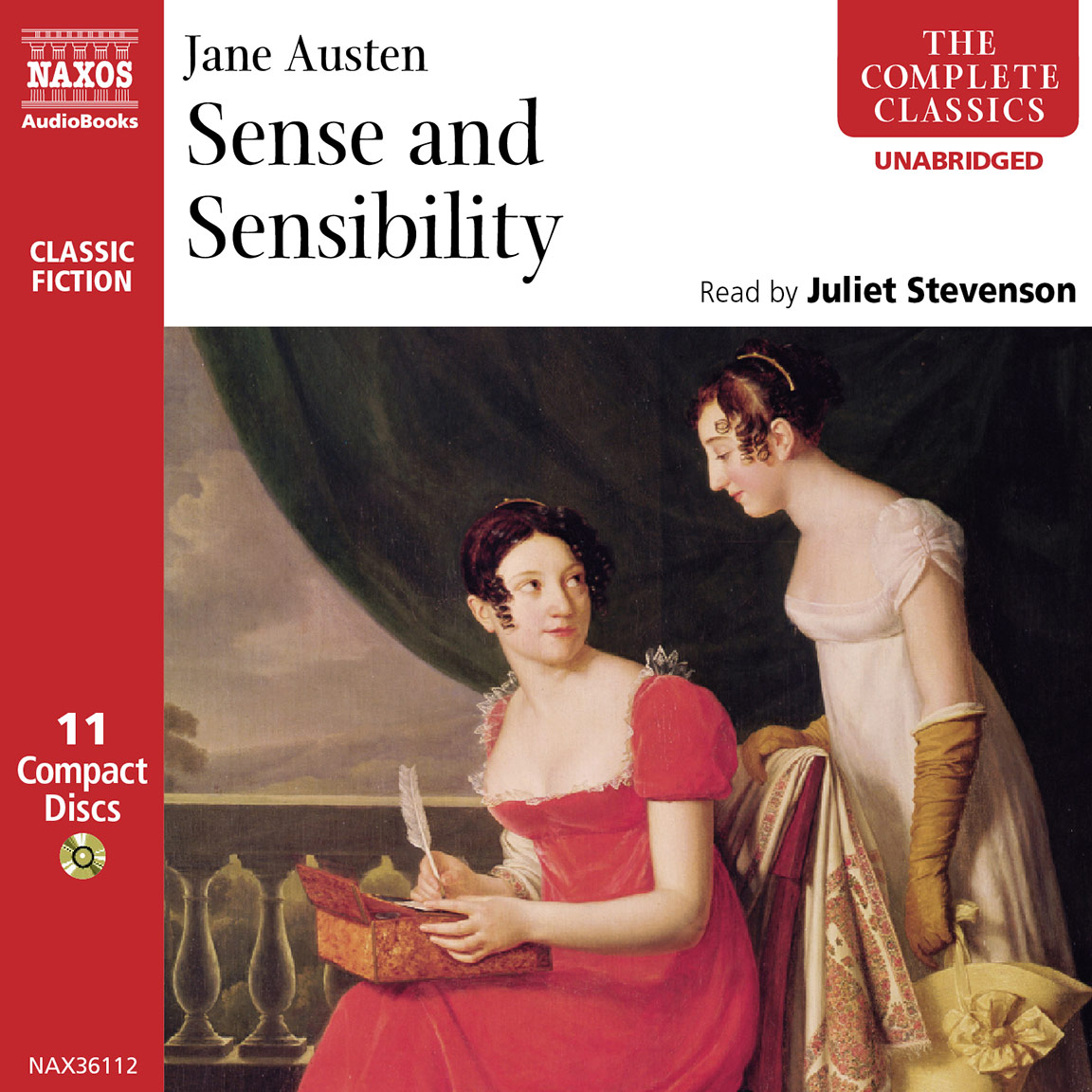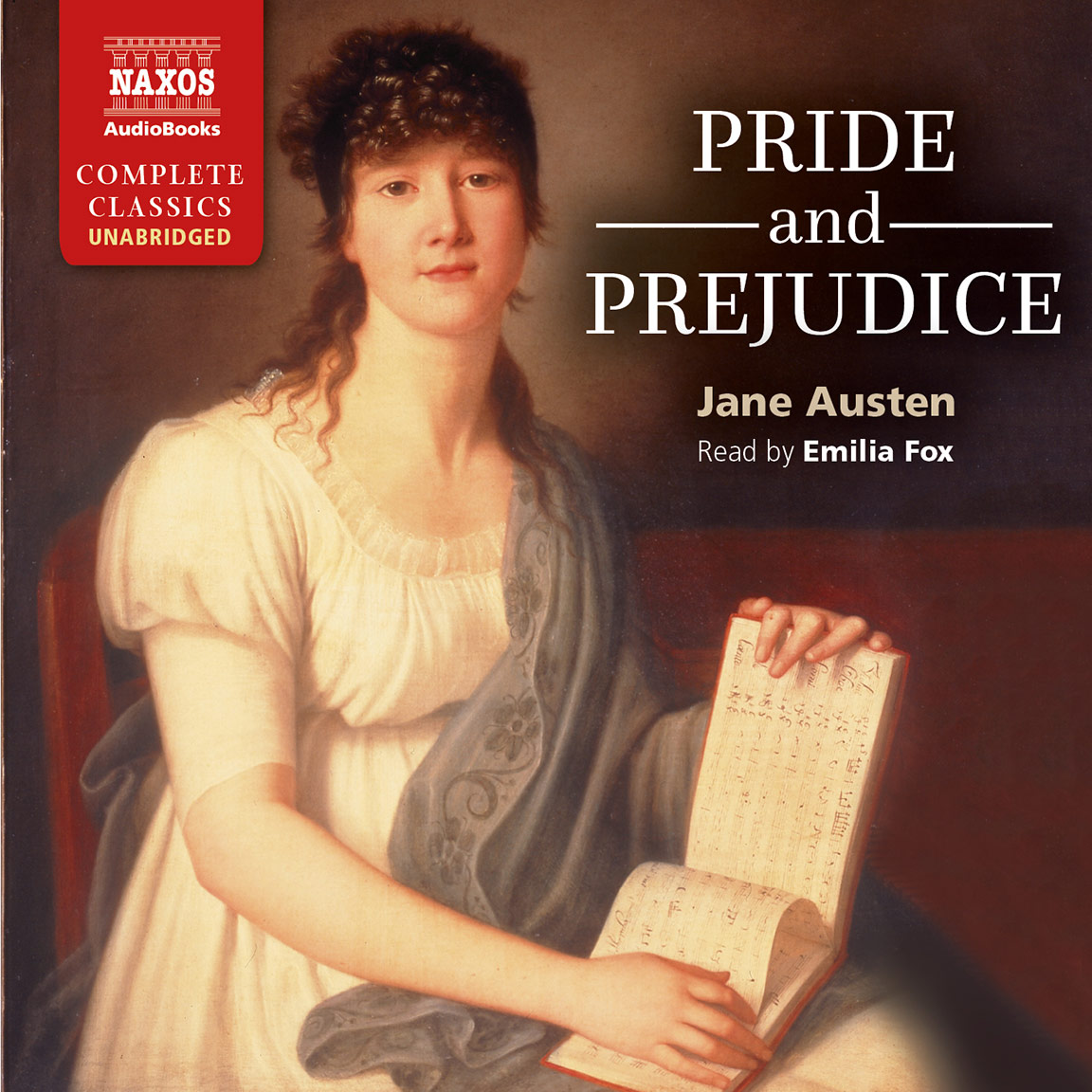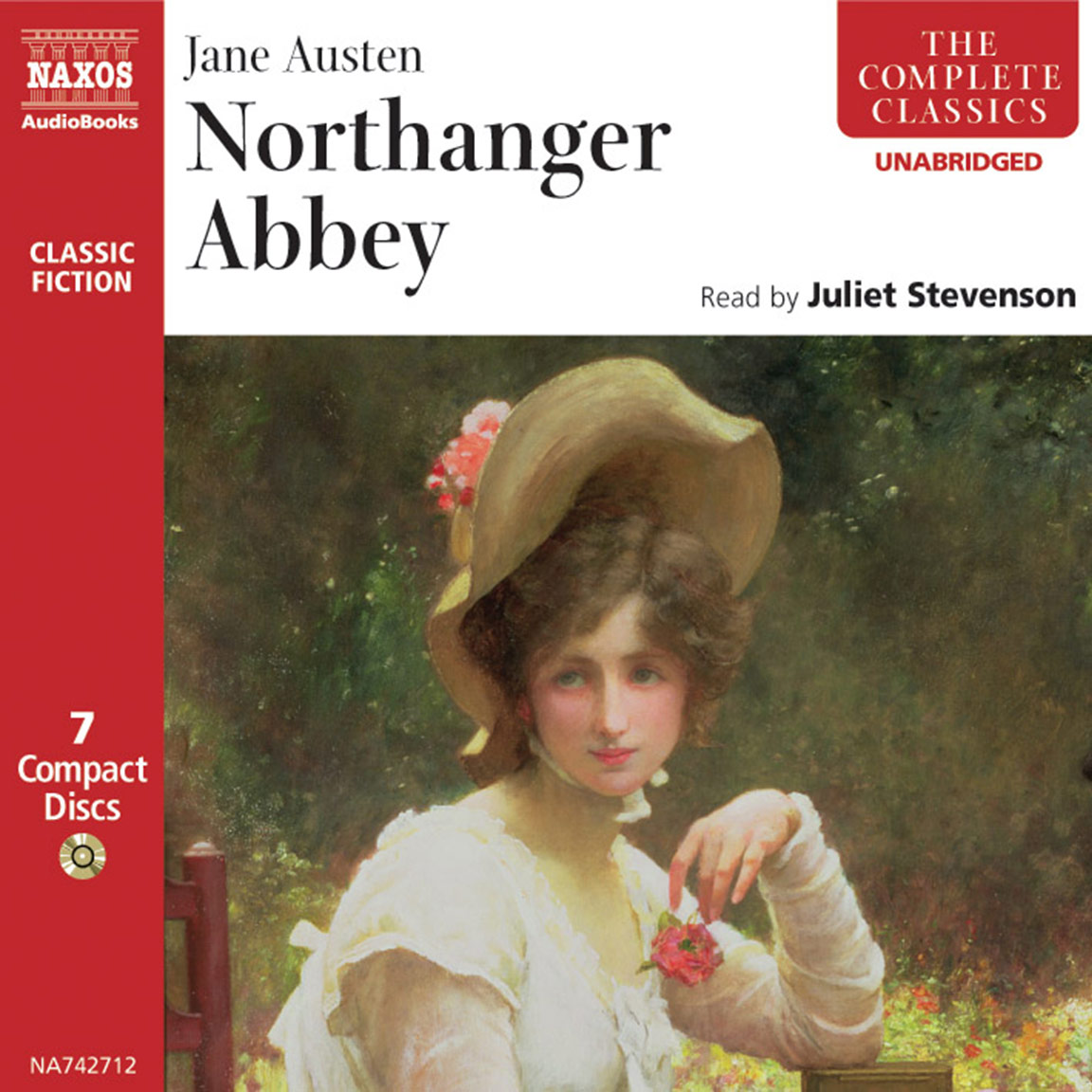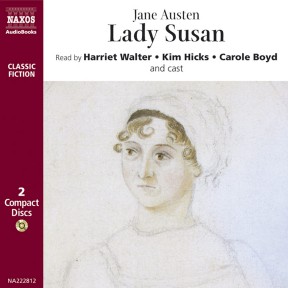
Audio Sample
Jane Austen
Lady Susan
Read by Harriet Walter, Kim Hicks, Carole Boyd, Ruth Sillers, Jonathan Keeble, Nigel Anthony & Patience Tomlinson
unabridged
Lady Susan was the first of Jane Austen’s novels to be completed. An epistolary novel in eighteenth-century style, it tells the story of the recently widowed Lady Susan Vernon, intelligent but highly manipulative, who is intent on gaining financially secure relationships for both herself and her wayward but shy teenage daughter Frederica. Less known than Austen’s six great later novels, it demonstrates the wit and sharp observations of Jane Austen – and is shown at its best in audiobook form, with different actresses presenting real characters as they read their letters.
-
Running Time: 2 h 31 m
More product details
Digital ISBN: 978-962-954-449-2 Cat. no.: NA222812 Download size: 37 MB BISAC: FIC004000 Released: June 2001 -
Listen to this title at Audible.com↗Buy on CD at Downpour.com↗Listen to this title at the Naxos Spoken Word Library↗
Due to copyright, this title is not currently available in your region.
You May Also Enjoy
Cast
- Harriet Walter
- Lady Susan Vernon
- Kim Hicks
- Mrs Catherine Vernon
- Carole Boyd
- Mrs Alicia Johnson
- Jonathan Keeble
- Reginald de Courcy
- Nigel Anthony
- Sir Reg de Courcy
- Patience Tomlinson
- Lady de Courcy
- Ruth Sillers
- Frederica Vernon
Reviews
Jane Austen’s epistolary novel Lady Susan has never received much attention in comparison to her other six major novels. It is a short piece, only 70 pages in my edition of The Oxford Illustrated Jane Austen: Minor Works containing forty-one letters and a conclusion. Scholars estimate that it was written between 1793-4 when the young author was in her late teens and represents her first attempts to write in the epistolary format popular with many authors at that time. In 1805, she transcribed a fair copy of the manuscript but did not pursue publication in her lifetime. The manuscriptwould remain unpublished until 54 years after her death with its inclusion in the appendix of her nephew James Edward Austen-Leigh’s biography of his aunt, A Memoir of Jane Austen in 1871. Lady Susan’s greatest fault lies in its comparison to its young sisters. Since few novels can surpass or equal Miss Austen’s masterpieces, it should be accepted for what it is – acharming melodramatic piece by an author in the making. Notonly are we presented with interesting and provocative characters, Austen reveals anearly understanding of social machinations, wit,and the exquisite language that would become her trademark. Its greatest challenge appears to be in the limitations of the epistolary format itself where the narrative is revealed through one person’s perspective and then the other’s reaction and reply not allowing for the energy of direct dialogue or much description of the scene or surroundings. Withstanding its shortcomings, it is still a glistening jewel; smart, funny, and intriguing wicked. Given the obvious challenges of converting a novel written in letter format into audio recording, I was amazed and delighted at how listening to the novel enhanced my enjoyment. Naxos AudioBooks has pulled together a first rate production presenting a stellar cast supported by beautiful classical music. Casting British stage and screen actress Harriet Walter as the fabulously wicked Lady Susan was brilliant. She offers the appropriate edge and attitude necessary to complement the text. With Walter’s, we are never in any doubt of Lady Susan’s full capacity to scheme, manipulate and ooze immorality and deception. Unlike many audio recording where one narrator uses many voices to portray each character, this recording offers 7 actors, similar to a stage or radio production with each part cast with a unique actor offering variety and interest. We truly connect to eachportrayal of the character as they write their letters, inflect emotion into their train of thought, and personalize the production. The addition of period music by Romberg and Mozart equally enhance the setting. Running two hours and thirty minutes, this audio recording of Lady Susan actually enhanced my understanding and enjoyment of this often neglected yet highly amusing novella. I recommend it highly.
Laurel Ann, Austenprose.wordpress.com
Booklet Notes
Even though Lady Susan is complete, and indisputably by Jane Austen herself, it has never been accepted at the level of the six great novels which were published during her lifetime, and which formed her reputation.
In 1805 – the year of the Battle of Trafalgar – Jane Austen herself made a ‘fair copy’ of the work which she almost certainly wrote about ten years earlier. We can place the date fairly accurately because the paper on which she wrote it has an 1805 watermark. She was engaged at the time on Sense and Sensibility (called at that time Elinor and Marianne) and she may have looked back rather wistfully at Lady Susan for a number of reasons.
there is no doubt that Lady Susan has an innate charm
First of all, its form – the letter novel – places it firmly in the eighteenth century. She liked the form and was accustomed to it: she particularly admired Samuel Richardson and Fanny Burney who both used the device extensively. And it was as a letter novel that Jane Austen wrote the first draft of Sense and Sensibility, before ultimately discarding the form for the third person narrator.
But although she copied out Lady Susan, she made no attempt, as far as we know, to get it published – even later on, when presumably the author of Pride and Prejudice, Persuasion and Emma would have been able to do so. It was not published until 1871, 54 years after her death. The decision to publish was taken by her nephew James Edward Austen-Leigh and was made against some family opposition.
It is difficult to see why there was such reluctance to allow the work to be read by her huge following. It may be a book which, in form, looks back rather than forward; it may lack the subtleties of her six masterpieces, in the depth of characters, in the exquisite social observations and the sense of growing tension. But this is partly a fault of the limitations of the epistolary novel itself, which is constraining as the author struggles to develop the plot through a credible correspondence.
But there is no doubt that Lady Susan has an innate charm. For a start, the character of Lady Susan is sharp, consistent, and totally believable as she charms and manipulates those around her. Here is an unquestionably attractive, intelligent 35-year-old widow, intent on making sure that the right consorts will be ensnared both for herself and for her 18-year-old daughter Frederica. And, against the odds (she openly admits her age is an impediment to catching a younger man, she aims high) she is confident in her ability to succeed. But it is as much her energetic duplicity and singular amorality which delights us as the melodrama in which she becomes involved.
Even as the net around her is drawn more closely, and she can see her target is slipping away, she maintains a dignity that is more pragmatic and direct than arrogant. More than anyone, she is aware that marriage and alliance is a battleground that needs to be traversed, and that sometimes it is necessary to make tactical withdrawals.
At the same time, we can feel the concern – but expressed in such gentlemanly terms – of the family of Mr de Courcy to protect their heir against the dangerous charms; and despite being attracted to the eponymous heroine for her sheer audacity, we want the young couple to get together in the end.
It must be said that our enjoyment of Lady Susan is enhanced because we read (or as here listen to it) through the memory of six masterpieces. The sentences and sentiments of Anne Eliott and Frederic Wentworth in Persuasion or Elinor and Edward in Sense and Sensibility ring in our ears almost as a musical background. Those great novels set the tone for the appreciation of Lady Susan who, more typically, would have been a character on the fringes of the plot, rather than the centre. And without those mature novels to set the tone, it is certain that Lady Susan would be a very minor achievement in the Regency literary canon.
Yet that wise social smile, so lightly touched on the lips, which is the principal expression of Jane Austen, is perceptible in this early work. The language alone has an elegance and fleetness of foot that demands publication. It deserves to be taken out of the scholar’s portfolio and placed in popular hands. Cast in the form of letters,itbecomesaperfectcandidatefor presentation on audiobook, enabling the characters to become instantly flesh and blood.
And it deserves, without doubt, the ultimate accolade of twenty-first-century approbation – a film.
Notes by Nicolas Soames
